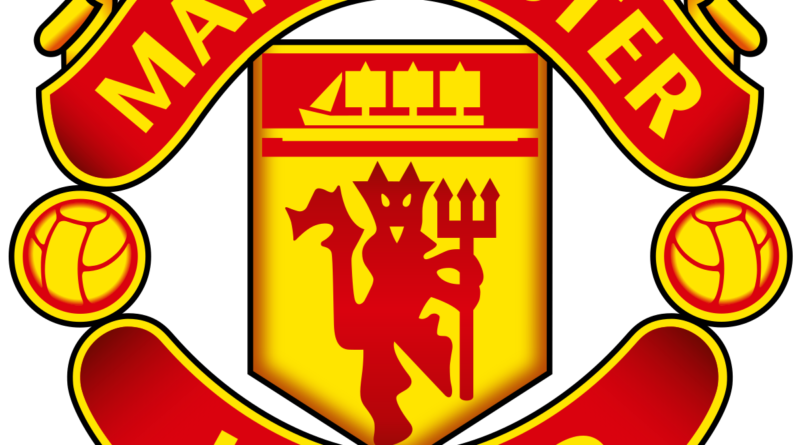The Evolution of the Manchester United Badge: A Storied Journey Through Time
In the illustrious realm of football, where tradition and history intertwine with the spirit of the game, the emblem/ logo of a club stands as a powerful symbol of identity and pride. Among the giants of the footballing world, the crest of Manchester United holds a special place, encapsulating the rich legacy and unwavering passion of one of the most revered clubs in the sport.
In this exploration of the evolution of the Manchester United badge, we delve into the profound changes that have marked its journey through time. As we trace the iconic emblem’s transformation, we also touch upon the modern era, where discussions about football often include mentions of digital trends, such as the prevalence of new AI technology which affect the game and how fan experiences are emphasized with new football data that can be found online and on betting apps.
Origins: The Roots of the Red Devil
The story of the Manchester United badge begins in earnest in 1878 when the club was founded as Newton Heath LYR Football Club. In its infancy, the emblem bore the mark of its industrial roots, featuring the image of a ship, a reference to the Manchester Ship Canal, which played a pivotal role in the city’s economic development. The club’s original colors were green and gold, further emphasizing its industrial ties.
Transition to Manchester United:
As the club underwent financial turmoil and faced the threat of extinction in 1902, a pivotal moment occurred in the evolution of the badge. The change from Newton Heath to Manchester United brought about a transformation in identity, reflected in the crest. The green and gold gave way to the iconic red, symbolizing the club’s new era and the fervor of its supporters. The badge now proudly showcased the intertwined letters ‘M’ and ‘U,’ establishing a visual identity that would endure for decades to come.
The Red Devil Emerges:
In 1963, under the visionary management of Sir Matt Busby, the Manchester United badge underwent a significant facelift. The Red Devil, a symbol of the club’s indomitable spirit, was introduced. This addition was inspired by the nickname given to the team during the 1960s – “The Red Devils,” a nod to the ferocious fighting spirit displayed by the players on the pitch. The Red Devil became a powerful embodiment of the resilience and determination ingrained in the club’s ethos.
1970s and 1980s: Simplification and Refinement
During the 1970s and 1980s, the Manchester United badge underwent subtle alterations, with a focus on simplification and refinement. The Red Devil remained a central figure, but the overall design became more streamlined. The letters ‘M’ and ‘U’ were prominently featured, providing a nod to the club’s historic roots while maintaining a modern aesthetic.
Class of ’92 Influence:
The 1990s brought a resurgence of success for Manchester United under the management of Sir Alex Ferguson, and this period coincided with another evolution of the badge. The ‘Class of ’92,’ featuring the likes of Ryan Giggs, Paul Scholes, and David Beckham, left an indelible mark on the club’s history. In 1998, the badge was updated, with a bolder and more contemporary look. The Red Devil retained its central position, symbolizing the enduring spirit of Manchester United.
21st Century Modernization:
Entering the 21st century, the Manchester United badge underwent further modernization. In 2001, the design was simplified once again, with a more stylized and sleek appearance. The Red Devil maintained its place, though it was now rendered in a more minimalist and dynamic form. The redesign reflected the club’s commitment to both tradition and innovation, as it continued to evolve on and off the field.
Digital Age: Integrating Modern Trends
While the traditional elements of football remain at the forefront, clubs like Manchester United have adapted to the digital era, leveraging technology to enhance fan experiences. From virtual matchday experiences to interactive content, the modern football club extends its reach far beyond the confines of the physical stadium. In this context, the evolution of the badge becomes more than a visual journey; it becomes a narrative of how clubs navigate the ever-changing landscape of fan engagement.
The Manchester United badge stands as a testament to the club’s enduring legacy, representing the journey from industrial roots to global prominence. Each iteration of the emblem tells a story of transformation, resilience, and the unyielding spirit of the Red Devils. As the club continues to navigate the challenges and opportunities presented by the digital age, the evolution of the badge serves as a reminder that, while tradition is cherished, innovation is embraced.

